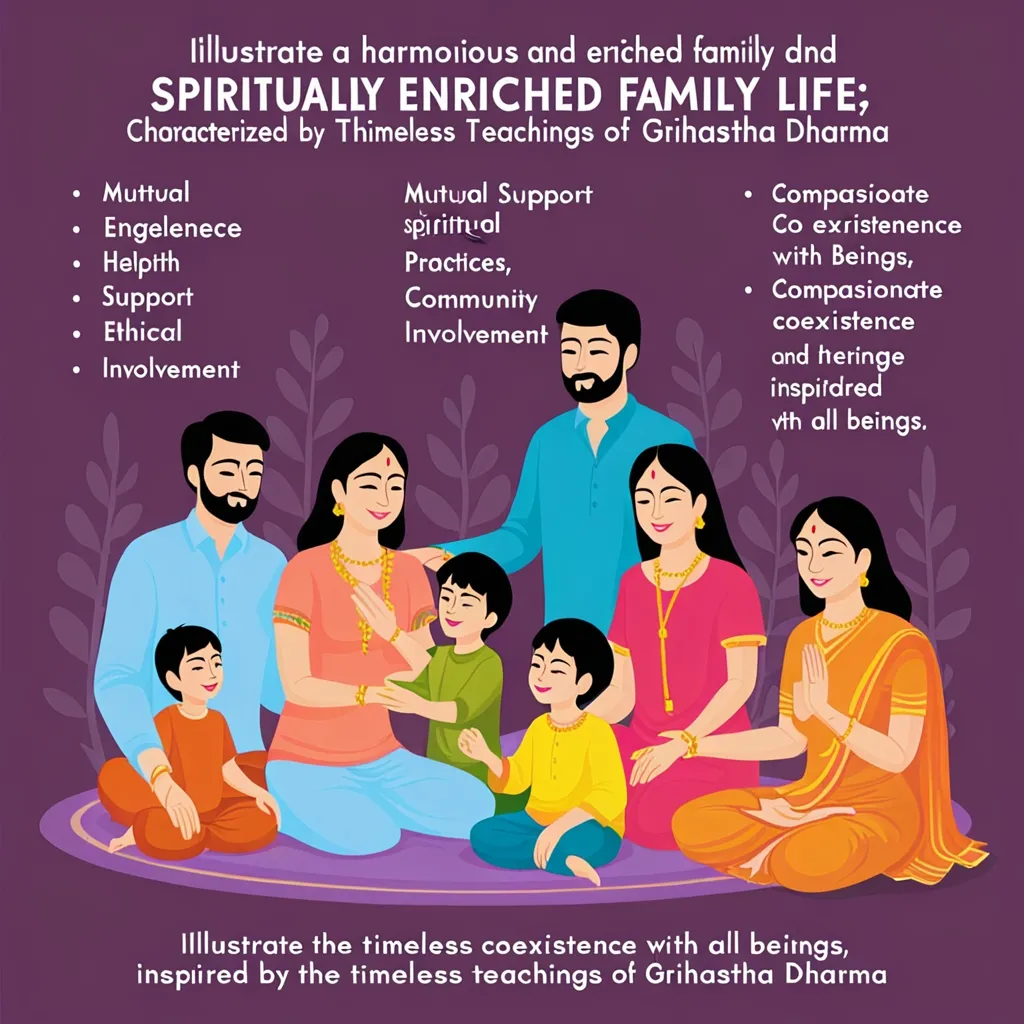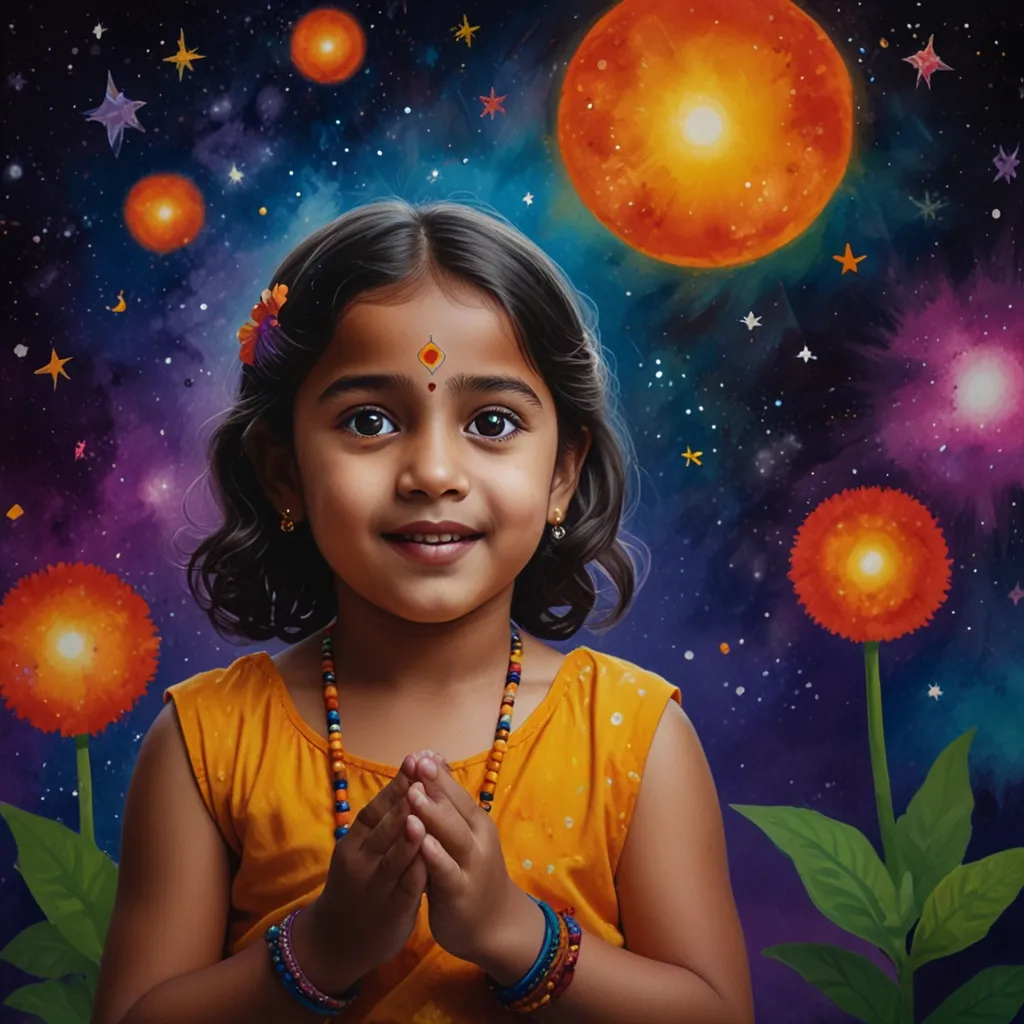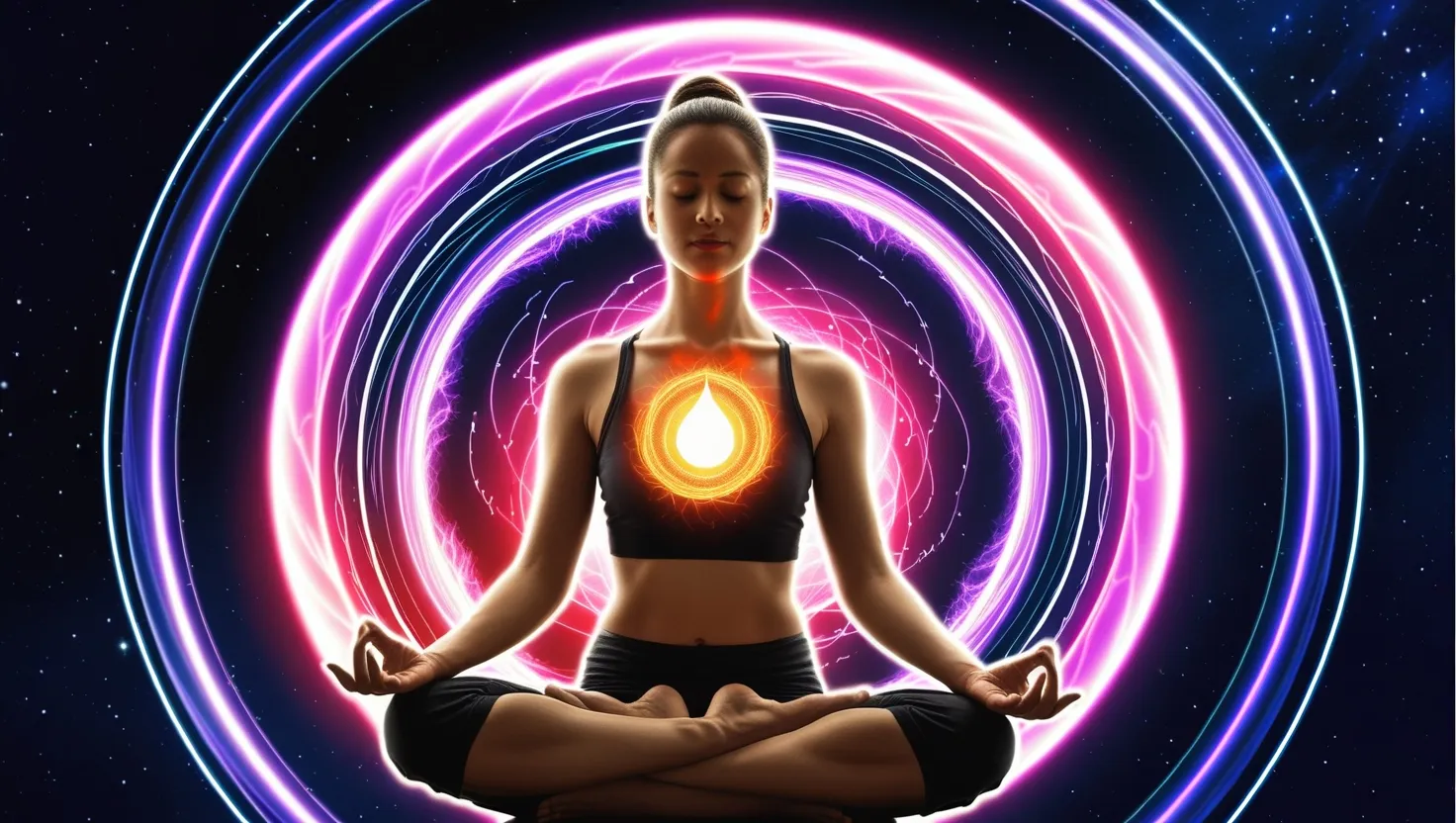In Hinduism, sacred spaces are more than just locations; they are spiritual realms connecting believers with the divine. These spaces, often dedicated to certain deities, serve as the earthly homes for gods and goddesses. Temples or mandirs are among the most sacred places for Hindus to worship and seek guidance.
The Ganges River is perhaps one of the most revered natural sacred spaces in Hinduism. It’s not merely a river but a symbol of spiritual purification and renewal. Hindus believe that bathing in the Ganges can wash away sins and bring spiritual enlightenment. It’s also a hub for various rituals and ceremonies, making it a heartbeat of Hindu religious life.
Mount Meru stands as another significant natural sacred site, considered the center of the universe in Hindu cosmology. It’s believed to be the abode of the gods and appears frequently in Hindu art and literature as a majestic mountain. This site symbolizes the connection between the earthly and divine realms.
Then there are the carved cliff temples, magnificent structures hewn into the sides of mountains. These temples serve as places of worship and are seen as physical embodiments of key events from Hindu epics and myths. Their intricate beauty adds to their sacredness.
Temples aren’t just built for aesthetic appeal. They are meticulously designed with specific architectural features to enhance the spiritual experience. A temple commonly includes a central sanctum for the deity, surrounded by various chambers and courtyards symbolizing different stages of a spiritual journey.
Hinduism also deals with the idea of “maya” or illusion, suggesting that the world we see isn’t the ultimate reality. Sacred spaces help believers transcend this illusion and connect with the inner soul. Practices like kundalini yoga aim to awaken dormant spiritual energy, helping individuals break through this illusion.
Rituals and ceremonies play an essential role in Hindu sacred spaces. These rituals aim to maintain and enhance the sacredness of space. For instance, the Ganges isn’t just a sacred river but also a site for daily worship of the river goddess, Ganga.
Gurus or spiritual masters are vital in Hinduism. They are considered to have realized the ultimate truth and guide their followers on spiritual journeys. The relationship between a guru and a disciple is sacred, offering a direct path to enlightenment.
Sacred texts like the Bhagavad Gita and the Ramayana also highlight the significance of these sacred spaces. These texts are treasure troves of stories and teachings that explain various sacred sites and guide devotees on how to approach them with reverence.
Hinduism’s diversity adds a unique richness to its sacred spaces. It’s a complex tapestry of beliefs, practices, sacred texts, deities, and rituals. Despite this diversity, Hindus share a common belief in the importance of sacred spaces as gateways to the divine.
In essence, sacred spaces in Hinduism aren’t just physical places but spiritual realms connecting believers to the divine. Whether natural or man-made, these spaces represent the intersection of earthly and divine realms. Through rituals, ceremonies, and the guidance of gurus, Hindus seek to transcend worldly illusions and realize ultimate truths within these sacred spaces.






